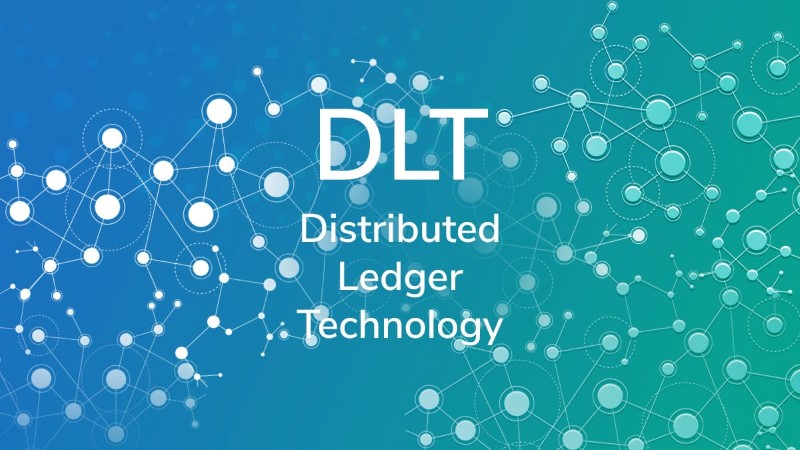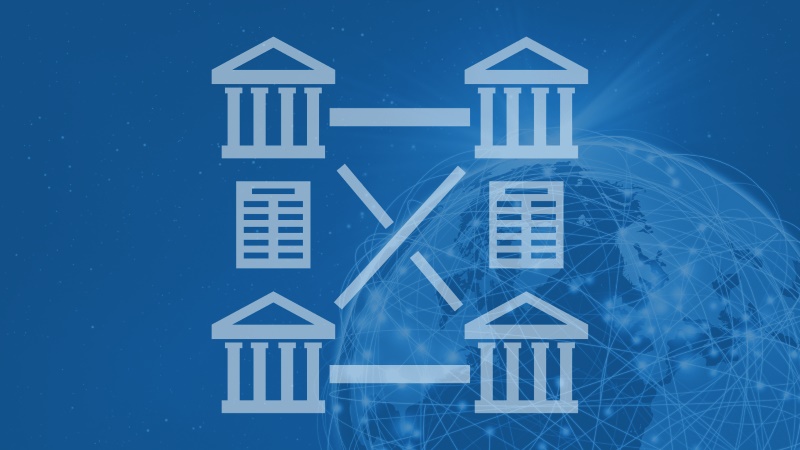In the fast-evolving landscape of blockchain and cryptocurrency, a term that frequently appears is Distributed Ledger Technology (DLT). But what exactly is DLT, and how does it work? In this article, we will dive deep into the fundamentals of DLT, explore its various applications, and discuss how it differs from conventional database systems. Whether you are new to the concept or looking for a more comprehensive understanding, this detailed guide will help clarify the significance and potential of DLT.
Understanding Distributed Ledger Technology (DLT)
Distributed Ledger Technology (DLT) refers to a digital system for recording the transaction of assets in which the transactions and their details are recorded in multiple places simultaneously. Unlike traditional databases, DLT does not have a central administrator or centralized data storage. Instead, all information is spread across a network of nodes, and each participant (or node) on the network holds an identical copy of the ledger.
The most well-known example of DLT is blockchain, but DLT encompasses a broader range of technologies beyond blockchain. The primary goal of DLT is to enable decentralized data storage and transactions, ensuring transparency, security, and efficiency.
Key Characteristics of Distributed Ledger Technology (DLT)
To better understand what distributed ledger technology (DLT) is, let’s break down its core characteristics:
- Decentralization: One of the primary features of DLT is the absence of a central authority. This means that instead of relying on a single entity to manage the data, every participant on the network has equal authority.
- Immutability: Once data is recorded on a distributed ledger, it is virtually impossible to alter without the consensus of the network. This characteristic ensures the integrity and reliability of the data.
- Transparency: Every transaction on a DLT network is visible to all participants, which reduces the possibility of fraud and ensures accountability.
- Consensus Mechanisms: Distributed ledgers require a system to validate and agree on the legitimacy of transactions. Consensus mechanisms, such as Proof of Work (PoW) or Proof of Stake (PoS), are used to reach agreement among participants.
- Security: With decentralized and cryptographic validation, DLT offers a high level of security, making it difficult for malicious actors to tamper with the data.
- Efficiency: In some cases, DLT can streamline processes by eliminating intermediaries. This can lead to faster transaction times and reduced costs.
Types of Distributed Ledger Technologies
While blockchain is the most prominent form of DLT, there are several other types of distributed ledgers. Below are the main categories of DLT systems:
- Blockchain: The most well-known DLT, blockchain records data in “blocks” that are linked together in a chain. Bitcoin and Ethereum are two famous examples of blockchain-based networks.
- Hashgraph: This is another type of DLT that is often cited as a competitor to blockchain. Unlike blockchain’s chain of blocks, hashgraph uses a directed acyclic graph (DAG) structure to record transactions. Hashgraph is known for its fast consensus algorithm, which can handle more transactions per second compared to many blockchain networks.
- Tangle: Used by the IOTA network, Tangle is another DLT variation that is designed for the Internet of Things (IoT). It utilizes a DAG, similar to hashgraph, but with a specific focus on enabling fast and feeless micro-transactions between connected devices.
- Holochain: A newer DLT designed to enable the creation of decentralized applications, Holochain differs from blockchain by not relying on a global consensus mechanism. Instead, each participant maintains their own private ledger, and validation occurs locally.
How Does Distributed Ledger Technology Work?
At its core, Distributed Ledger Technology (DLT) operates on a peer-to-peer (P2P) network. Each participant (or node) has access to the ledger, and any changes or updates must be validated by all nodes within the network. The process works as follows:
- Transaction Request: A user requests a transaction, which could involve exchanging assets, sharing data, or recording information.
- Transaction Broadcast: The transaction is then broadcasted to all nodes in the network.
- Validation: Through a consensus mechanism (such as PoW, PoS, or others), the nodes validate the transaction, ensuring that it meets the network’s rules.
- Recording: Once validated, the transaction is added to the distributed ledger, and all nodes update their copy of the ledger simultaneously.
- Completion: The transaction is finalized, and the asset or information is considered successfully transferred or recorded.
Real-World Applications of Distributed Ledger Technology (DLT)
Now that we have a solid understanding of what distributed ledger technology (DLT) is and how it works, let’s explore some real-world applications across various industries:
- Financial Services: One of the most significant applications of DLT is in finance. Blockchain-based cryptocurrencies like Bitcoin and Ethereum allow users to transfer value without the need for intermediaries. DLT is also being adopted for cross-border payments, reducing the time and cost associated with traditional banking systems.
- Supply Chain Management: DLT can be used to track goods as they move through the supply chain. This ensures transparency, enabling companies to verify the authenticity of products and reduce the risk of fraud or counterfeit goods.
- Healthcare: In healthcare, DLT can be employed to store patient records securely and allow authorized parties to access the data without the risk of tampering.
- Voting Systems: Decentralized voting systems based on DLT offer a more secure and transparent method for conducting elections, reducing the possibility of fraud and ensuring the integrity of the voting process.
- Intellectual Property: DLT can be used to protect intellectual property rights by recording ownership of digital assets and ensuring that royalties are paid accurately to the creators.
Advantages and Challenges of Distributed Ledger Technology
While DLT offers numerous advantages, it also comes with its own set of challenges:
Advantages:
- Enhanced Security: The decentralized nature of DLT reduces the risk of hacking, as there is no single point of failure.
- Transparency: With all participants having access to the same data, transparency is built into the system.
- Reduced Costs: By eliminating intermediaries, DLT can help reduce transaction costs in industries like finance and supply chain management.
- Faster Transactions: In some cases, DLT can enable faster transactions by bypassing the slow processes of traditional financial systems.
Challenges:
- Scalability: Many DLT systems, especially blockchain, struggle with scalability, as validating transactions can take time and consume significant resources.
- Regulation: The regulatory framework for DLT is still evolving, and different jurisdictions have varying rules about its use.
- Energy Consumption: Consensus mechanisms like Proof of Work require substantial computational power, leading to high energy consumption.
The Future of Distributed Ledger Technology
As we continue to explore what distributed ledger technology (DLT) is, it becomes clear that the technology has immense potential to transform various sectors. From decentralizing finance to creating more transparent supply chains, DLT offers new opportunities for innovation. However, its future will largely depend on overcoming challenges like scalability and regulation. As the technology matures, we can expect DLT to play an even more critical role in the digital economy.
In conclusion, Distributed Ledger Technology (DLT) is more than just a buzzword; it’s a groundbreaking innovation that has the potential to reshape industries by providing a decentralized, secure, and transparent way to store and transfer data. Whether you’re a business looking to adopt DLT or a curious individual wanting to understand the technology, the possibilities of DLT are boundless.


